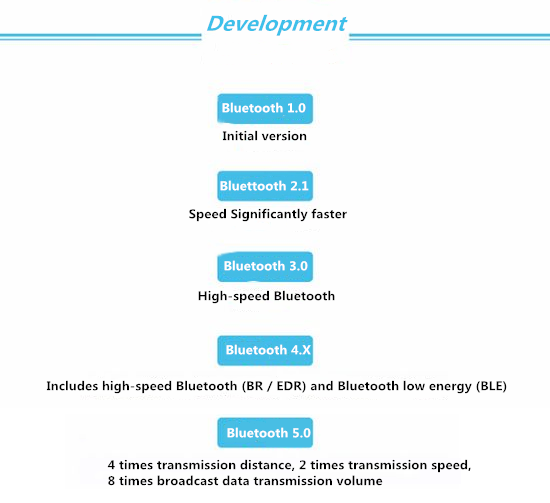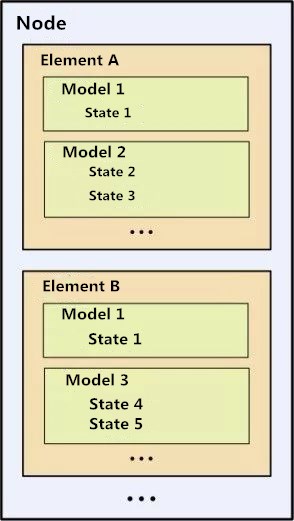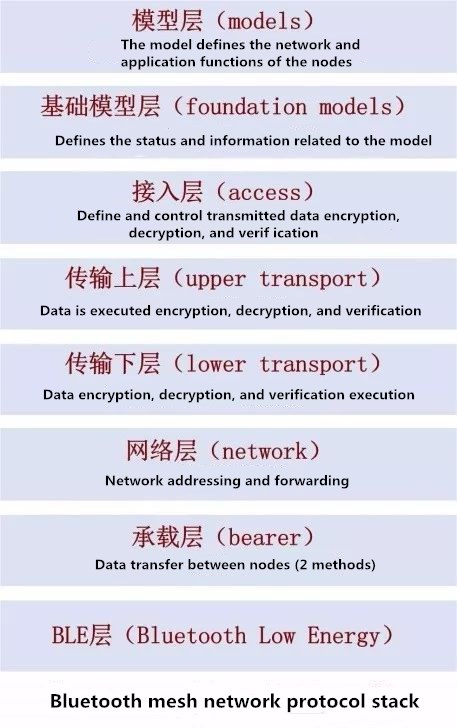Bluetooth technology as a general communication technology, the main function is to replace the transmission of data cables for portable devices and their applications. This article introduces the continuous innovation and progress of Bluetooth wireless technology.
In 2004, the Bluetooth Technology Alliance introduced Bluetooth 2.0 + EDR, making the Bluetooth transmission rate reach 2.1Mbps (262.5KB / s);
In 2009, Bluetooth 3.0 + HS (Hight Speed) was released, which increased the data transmission rate to a theoretical value of 24Mbps (3MB / s);
Bluetooth 4.0, released in 2010, includes three protocols, namely Classic Bluetooth, Bluetooth Low Energy, and Bluetooth High Speed. Among them, low-power Bluetooth (BLE), which greatly reduces the communication power burden of Bluetooth devices;
In 2014, Bluetooth version 4.2 began supporting 6LoWPAN (low-speed wireless personal area network standard based on IPv6), making it easier for Bluetooth devices to access the Internet;
By 2016, the introduction of Bluetooth 5 will further increase the communication rate for low-power devices, and it will be able to assist indoor positioning of device locations in conjunction with wifi;
On July 19, 2017, Bluetooth technology announced full support for Mesh mesh networks.

Throughout the development of Bluetooth technology, SIG has continuously pursued the performance of wireless connections such as "transmission rate, low power consumption, network access and secure pairing" to meet the needs of various applications for short-range communication. From "people-centric edge network" gradually expanded to all IOT edge scenarios; Bluetooth Mesh networking technology is more suitable for the entire IOT market, including consumer and industrial fields.
* Bluetooth Mesh Definition *
Strictly speaking, Bluetooth Mesh technology is actually not a wireless communication technology, but a network (networking) technology used to build a "many-to-many communication connection" network. The Bluetooth low energy technology is wireless communication technology. Therefore, Bluetooth Mesh is a communication network based on Bluetooth low energy.
* Basic Concepts of Bluetooth Mesh Technology *
Bluetooth Mesh can be divided into application layer and network layer as a whole. Both layers have a clear hierarchical design, which is beneficial to developers for network deployment and application development.
1.Application
At the application level, SIG encapsulates the functions of Bluetooth devices at multiple levels: node-element-model-state

2. Network layer structure
The Bluetooth Mesh network is built on the Bluetooth Low Energy (BLE) architecture. The hierarchical structure of the network is: BLE layer --- bearer layer --- network layer --- transmission lower layer --- transmission upper layer- -Access layer --- Basic model layer --- Model layer.

BLE layer: Bluetooth low energy connection layer, which realizes the wireless communication connection between nodes, and it is the basis for implementing the Mesh network.
Bearer layer: defines how to use the underlying BLE protocol stack to transmit network PDUs (protocol data units). There are two types of Bearers broadcast bearer and GATT bearer.
Network layer: defines the address types and formats of various messages, and completes network addressing and forwarding of data.
Lower transmission layer: It is mainly responsible for fragmentation and reassembly of PDUs transmitted in the network.
Transmission upper layer: responsible for encrypting, decrypting, and authenticating the application data of the upper layer.
Access layer: defines the data format of the application and how to use the services (network services) of the transport layer. At the same time, it can define and control the data encryption and decryption processes in the transport layer, and verify the data sent by the transport layer.
Basic model layer: It implements the adaptation between the application layer and the Mesh network protocol, and defines the attributes such as message and status.
Model layer: In the Bluetooth Mesh network, the model layer is the basis for implementing various application functions.

